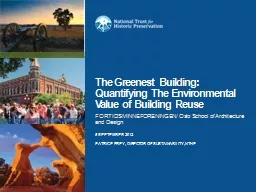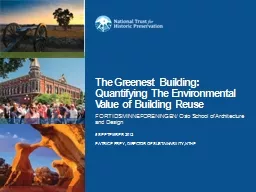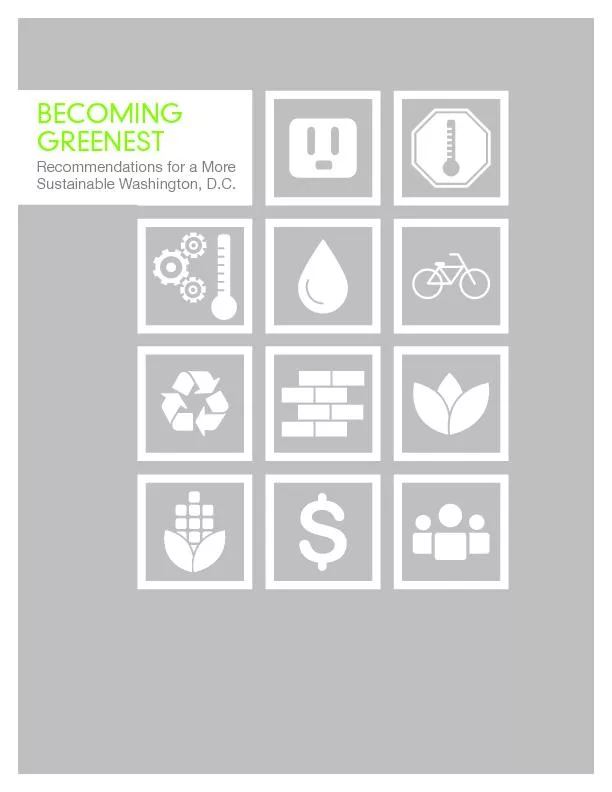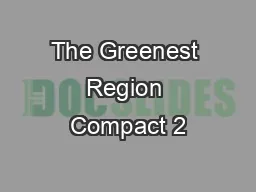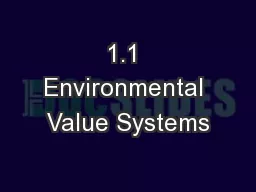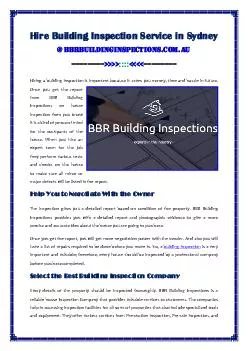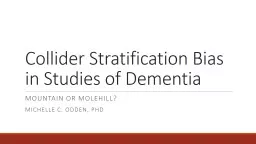PPT-The Greenest Building: Quantifying The Environmental Value
Author : conchita-marotz | Published Date : 2016-03-18
FORTIDSMINNEFORENINGEN Oslo School of Architecture and Design 5 September 2012 Patrice Frey Director of Sustainability n THP The National Trust for Historic Preservation
Presentation Embed Code
Download Presentation
Download Presentation The PPT/PDF document "The Greenest Building: Quantifying The E..." is the property of its rightful owner. Permission is granted to download and print the materials on this website for personal, non-commercial use only, and to display it on your personal computer provided you do not modify the materials and that you retain all copyright notices contained in the materials. By downloading content from our website, you accept the terms of this agreement.
The Greenest Building: Quantifying The Environmental Value: Transcript
Download Rules Of Document
"The Greenest Building: Quantifying The Environmental Value"The content belongs to its owner. You may download and print it for personal use, without modification, and keep all copyright notices. By downloading, you agree to these terms.
Related Documents

